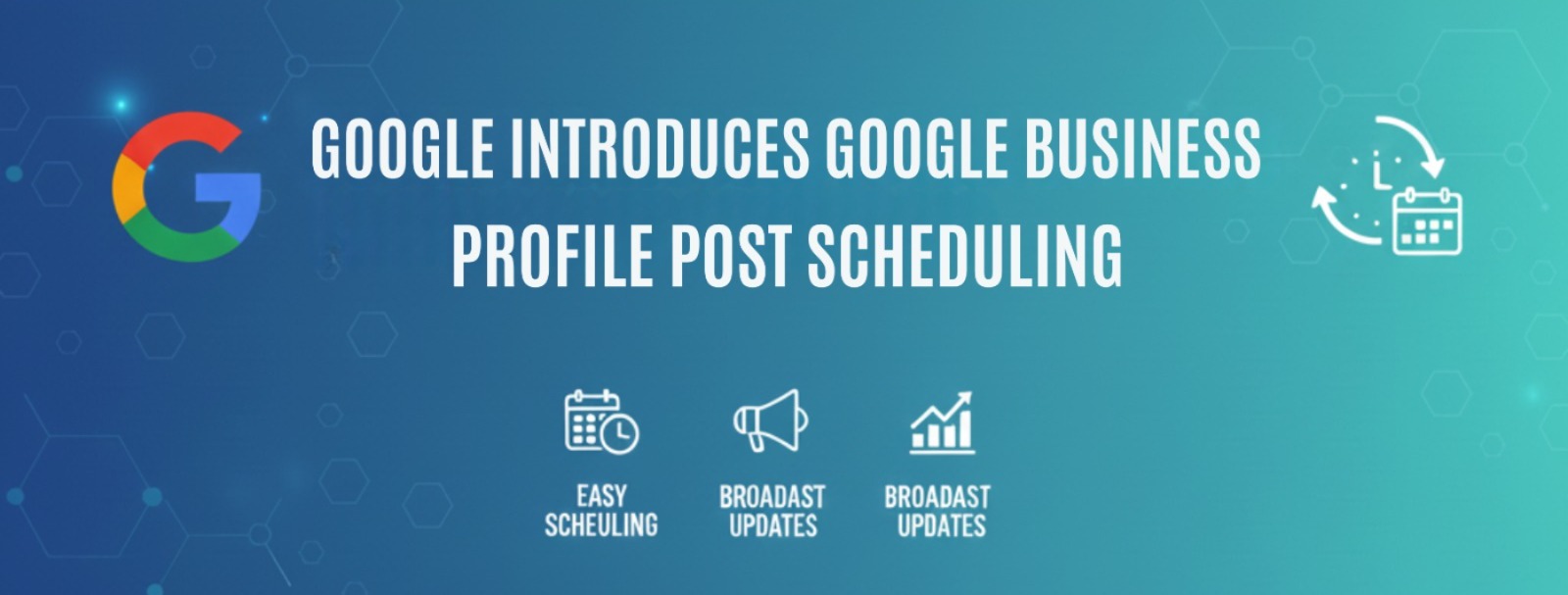In the world of constantly changing technology, major changes in the shopping behavior of customers, and rapidly evolving user needs, it is no surprise that Google is constantly bringing updates to its algorithm. Do you know Google makes around 500-600 changes annually? Yes, it is true! As the world is becoming more technologically driven, the role of Google in marketers and business owners; life is becoming more crucial. Understanding the recent updates in Google’s algorithm will help the users create a strong digital presence as well as they can stay updated.
If you are someone searching for the Google algorithm history, your search ends here. In this article, we will discuss the historical journey through Google’s algorithm updates, tracing their impact on SEO practices. Keep reading to learn more!
Table of Contents
ToggleFrequency of Google’s Algorithm Updates
Google’s search ranking algorithms are continually developing to present users with the most relevant and accurate results. According to Google’s Danny Sullivan, the search engine adjusts its algorithm 9 times each day on average, which equates to more than 3,200 modifications per year.
Every year, the search engine releases large algorithm shifts, such as broad core algorithm improvements, which can range from minor search query updates to major changes.
Google does provide a degree of transparency with its main algorithm updates; there are several changes every month that may go unreported unless you notice drops or spikes in your traffic. The highest record of Google’s experiment is 800,000 to test new features and functionality. It was in the year 2022. These include improvements to natural language processing (NLP) search and AI/machine learning breakthroughs using Bidirectional Encoder Representations (BERT).
Marketers must stay updated with these algorithm changes to ensure that they optimize their brand’s website according to the latest search engine standards and maintain accessibility for potential customers. Knowing when search results fluctuate is undoubtedly useful.

Evolution of Google’s Search Algorithms: A Timeline of Updates
The world of Google’s search is constantly evolving. The director of product search at Google, Elizabeth Tucker, stated, “We’re making algorithmic enhancements to our core ranking systems to ensure we surface the most helpful information on the web and reduce unoriginal content in search results”. With this approach, Google has made several algorithmic updates in 2024. Let’s discuss the algorithmic as well as algorithmic-related updates(features) in detail. We will also discuss its effect on SEO!
January 2024: Google Algorithm-Related Update(Circle-Search and AI-Powered result)
Since January 31st, the Circle Look for Search feature has been available only to Android users. This feature allows users to search for anything on their display without the need to switch apps. The way to search is by circling, highlighting, writing, or tapping on the object that you want.
You no longer need to abandon your current activity to move to another app or website for information. You can search directly on your screen while texting, surfing a social media platform, or watching a movie. Fast and seamless browsing achieves this, which in turn greatly improves user experience.
After the great success of Google’s AI image search, Google has introduced a new AI-powered search result. Users can get information generated by AI on Google search results with source links, which has helped many users get the right information at the right time.
February 2024: Google Core Algorithm Updates(SEO)
Google announced in February 2024 that they are bringing significant changes in their SEO guidelines. The aim is to replace the outdated instructions and match the specific needs of the younger generations, such as Gen Z and Gen Alpha. With an incredible 91% user satisfaction rate, Google commits to further improving the interface of the guide. Here are the major changes it will offer in the SEO Evolution journey:
Meta Tags: When exploring the part meta tags played in SEO, the team was generally skeptical, with the conclusion that their impact on rankings is virtually nil.
HTML: The Google Search Relations Team highlighted the importance of HTML structure to ranking search results as the main topic of a recent podcast. Although the team acknowledged the relevance of HTML structure for rankings, they indicated that the effect of proper HTML structure on rankings might not be as big as we imagine.
Domain Names: During the podcast, the team discussed how domain names influence SEO. They ensured that organizations focus on branding rather than keywords when selecting a domain name. This suggestion arises from the priority of brand recognition, which shall believably outshine the domain name selection just for the sake of SEO optimization.

March 2024: Google Core Algorithm Updates
In 2024 updates, Google has focused on the user experience and search results in more detail. From the “Chat With a Live Agent” feature to AI-powered results, Google has come a long way. Let’s discuss them further!
Change in Core Ranking System
The March 2024 core update appears to be different from a regular core update since it includes changes to several core systems. This modification means that we are changing the yardstick for measuring content value.
Google has improved its primary ranking systems to give users more relevant results and incorporated some innovative signals that enhance the search output. Nowadays, instead of focusing on a single factor, Google uses a complex system of different signals and algorithms. To make this clearer, they have also rolled out the new FAQs section.
Therefore, this version’s implementation, which could take up to a month, will be done gradually. Users may see rankings fluctuate when other systems are updated on the same subject. Google will provide feedback about the completion date through its Google Search Status Dashboard.
If content creators consistently deliver satisfying content for their audiences, they won’t have to do anything that was not part of their regular provision. Google strongly recommends people who are experiencing lower rankings read their guidelines about creating helpful, reliable, and people-oriented content.
Change in Spam Policies
To maintain high-quality search results, Google has introduced three new spam policies aimed at combating increasingly common fraudulent practices.
Expired Domain Abuse
The use of expired domains by users should stop immediately. Do you know people purchase expired domain names for better search rankings by using cheap, low-value content hosting? To execute this strategy, the domain tries to use its reputation obtained from the previous ownership with the main goal of misleading search engines. Google emphasizes the need for the usage of old domain names for information that is helpful for users and relevant.
Scaled Content Abuse
Scaled content abuse refers to the practice of creating as many pages as possible to trick the search engines, which is of no benefit to users. This approach has the potential to lessen the quality of search results in two ways: first, through automation, and second, through manual efforts or a combination of both.
Site Reputation Abuse
Site reputation abuse is emerging due to the lack of third-party page control that entirely exploits the ranking signals of the host website. However, not all third-party content is a violation, as content hosted without high-level supervision with the intention of deceptive search results is under this policy.
Google’s spam policies promote user-related content and maintain fair competition among creators. These plans will take effect on May 5, 2024. Google will complete the rollout soon and provide further updates on the Search Status Dashboard. Google will also accept feedback through the open form.
Now let us discuss some of the algorithmic-related updates of Google in March 2024!
March 2024: Google Core Algorithm-Related Updates
From INP to the markup option, Google made several changes in March 2024. Here are them for your reference:
Interaction to Next Paint has become a Google Core Web Vital
Google has announced that Interaction to Next Paint (INP) has replaced First Input Delay (FID) as a Core Web Vitals indicator on March 12, 2024. This transition signals the end of FID as a Core Web Vital, and it will be officially removed from the program. Previously, Google has reported on the introduction of INP, and Google has been mulling the transition since early 2022. Here is the timeline of the concept of INP:

Website owners and developers must be mindful of this new development since the Core Web Vitals now serve as the vital sign in evaluating the user experience on a webpage. Experts recommend taking action on INP issues, and website owners can use the reports provided by Google Search Console and other page speed tools to measure, pinpoint issues, and enhance page speed to resolve any related INP matters.
Though the Core Web Vitals improvements are closely related to the user experience, it doesn’t mean that the better performance of these metrics will be directly rewarded with higher rankings in the search engines.
Competent page experience is only one of many factors included in Google’s general core ranking framework. As the user experience is of the utmost relevance, website owners must focus on it together with their comprehensive SEO strategy.
Google search snippet “Chat with a live agent”
The introduction of the new feature: “Chat with a live agent” has brought some significant craze among the users. Though the feature has been in a prototype stage since 2021, it has been helpful to many business owners as well as users to get real-time information. In fact, the 2021 reports say that the feature has built the highest satisfaction rate among customers at 71% compared to email and other communication sources. The twist that Google bought in 2024 is that users can access the features directly from the search results.
The evolvement of the MarkUp Option
Google has enlarged the structured data support for product variants, allowing businesses to show multiple product versions. Previously, Google only permitted structuring product data for a single product, shipping, and returns. This markup will, however, allow websites to represent the parent-child relationships between product versions. To do so, sites must use the Schema.org ProductGroup type with three associated properties:
- hasVariant: The usage of this product includes nesting product variations within the relevant “parent” Product Group.
- variesBy: This property specifies the features that distinguish the versions.
- productGroupID: This property serves as the ProductGroup’s unique identification, indicating the “parent SKU”.
Implementing this new product variant schema allows you to construct parent-child relationships between product variations and the primary product group. This helps search engines grasp the inventory and distinguish between different product versions.
Effects on Search Engine Optimization
The major changes Google made above have significantly affected SEO. SEO strategies have to focus mainly on user experience, observe updated guidelines and include innovative features to either keep the site’s visibility steady or raise it.
Core Algorithm Updates
- Core Web Vitals Integration: Website owners and developers must define their strategy and then optimize the website for the user experience with Core Web Vital Interaction to Next Paint (INP). Solving the problems of INP and other Core Web Vitals is pivotal to sustaining or rising in the search ranking.
- Complex Core Update Rollouts: The March 2024 core update involves changing many-core systems, which can cause fluctuations in rankings. It has become essential to update SEO techniques with the rising digital landscape to combat any negative impact on website visibility.
- Enhanced Spam Policies: Google will counter the old strategies, such as expired domain abuse, scaled content abuse, and site reputation abuse, with its new spam policy. It is essential for sites that use similar techniques to keep up to date with those SEO guidelines, as they may find themselves suffering with lower rankings.
New Features and Markup Options
- Live Agent Chat Integration: The live chat feature directly in search results highlights the necessity of offering assistance live. Websites featuring live chat support options may receive more user interaction and satisfaction, which, in turn, can contribute to the search ranking.
- Product Variant Markup: Implementing structured data for product variants will help increase the visibility level of rich product assortments. These websites’ use of the new markup alternatives raises their chances of visibility in popular search engines and more traffic and conversions.
Conclusion
Google’s early 2024 updates underscore the importance of prioritizing user experience and adhering to updated SEO guidelines. With alterations to core algorithms and the introduction of new features, marketers must stay vigilant to maintain search visibility and effectively cater to evolving user needs. So, are you ready for a strategic leap in online visibility? Establish your digital presence with 6sMarketers, your trusted partner in navigating the dynamic world of SEO. Connect with us now!




